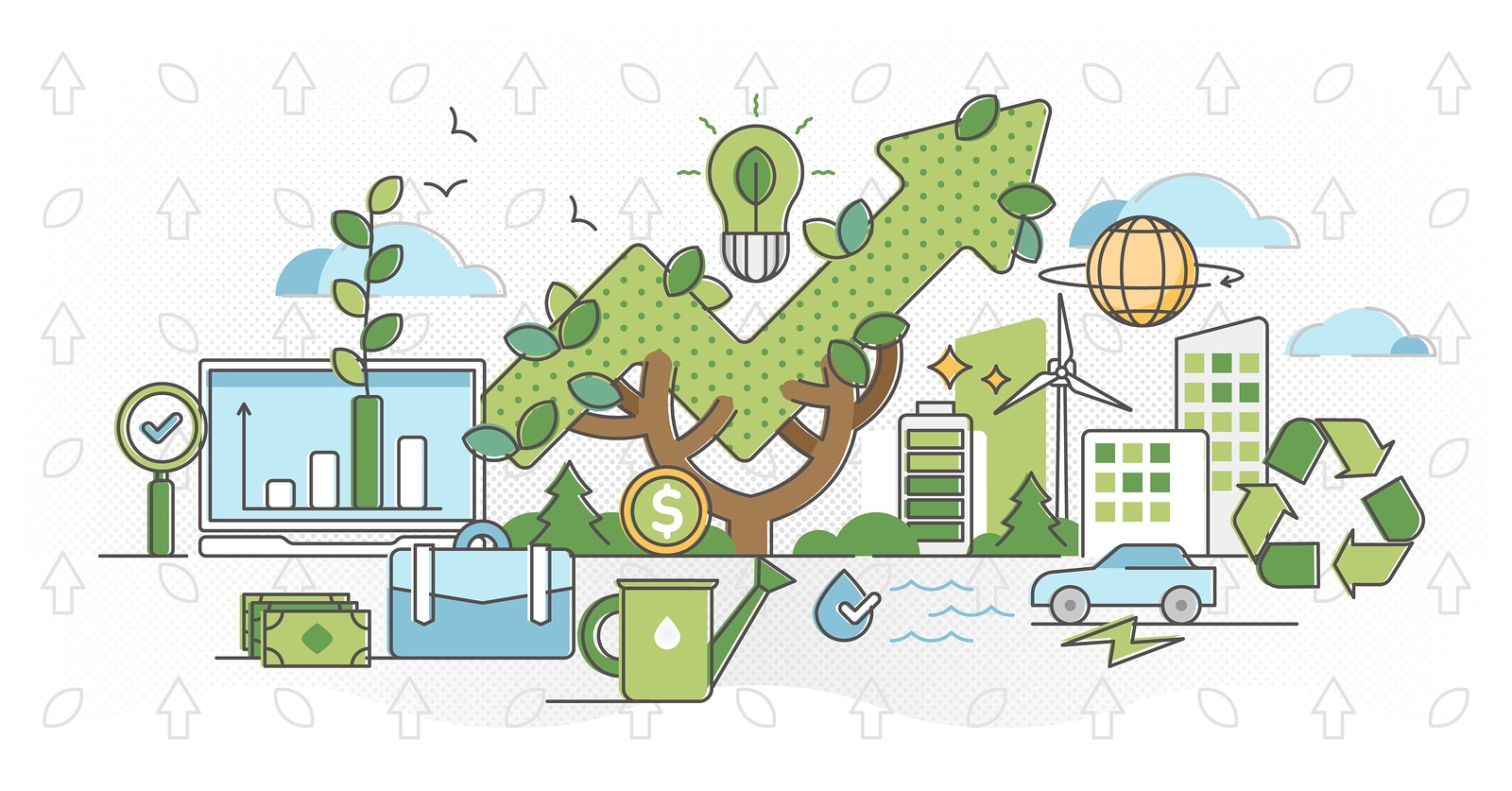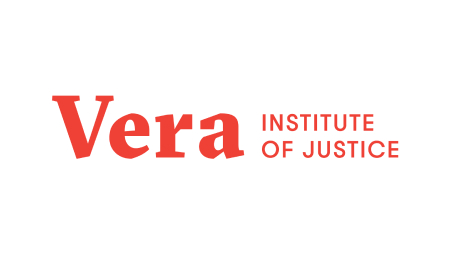Formed in Jan 2019, the Committee held >1000 meetings with stakeholders and 17 official hearings. “American leadership and ingenuity are central to solving the climate crisis.” Despite the COVID-19 pandemic, “We cannot wait…while the harmful human and economic costs of inaction continue to compound.”
This extensive report by the Democratic majority is based on “12 Pillars”:
- Invest in infrastructure for a clean energy economy (maximize energy efficiency, more clean energy, address the potential and risks of nuclear, a more resilient electric grid, federal leadership through procurement, a cleaner transportation sector, modernize the rail network, upgrade homes and businesses, invest in water infrastructure, cut pollution from oil and gas infrastructure, etc.);
- Drive innovation and deployment of clean energy and deep decarbonization technologies;
- Transform U.S. industry for global climate leadership (invest in clean vehicles and zero-emission technologies, deploy carbon removal technologies, support next-generation coolants);
- Break down barriers for clean energy technologies (put a price on carbon pollution, end unnecessary tax breaks for oil and gas companies, align the tax code with a goal of net-zero U.S. emissions before 2050);
- Invest in America’s workers and build a fairer economy (ensure that clean energy benefits go to current and future workers, protect workers from extreme weather, create jobs by reclamation of coal mines and abandoned wells);
- Invest in exposed communities to advance environmental justice (strengthen enforcement of environmental laws, embed environmental and climate justice in federal decision-making, ensure meaningful engagement and consultation with communities);
- Improve public health and manage climate risks to health infrastructure (strengthen national planning, ensure resilient public health supply chains, restore and enhance US global leadership on climate and public health, support community preparedness for disasters, increase resilience of US hospitals and health infrastructure, strengthen mental health capabilities for climate resilience and preparedness);
- Invest in American agriculture (reduce agricultural emissions, increase agricultural carbon sequestration, reduce food waste and transport costs, preserve farmland from development, support the next generation of farmers to create a fair and equitable food system);
- Make communities more resilient to climate change impacts (develop actionable climate risk information, partner with indigenous communities, reduce climate disaster risks and costs, accelerate disaster recovery, strengthen flood insurance, reduce wildfire risks, use resilience-based building codes);
- Protect and restore lands, waters, ocean, and wildlife (conserve large landscapes and biodiversity, protect and restore forests and grasslands, restore ocean and wetland ecosystems, expand protections for wild and special places, end unfair subsidies for oil and gas production on public lands, establish robust environmental requirements and restoration);
- Confront climate risks to America’s national security (prepare for security impacts of climate change, advance climate resilience and preparedness for a strong national defense, restore America’s international leadership);
- Structure core institutions to facilitate climate action (strengthen climate science, assess the true value of federal climate action, strengthen democratic institutions so entrenched interests do not have a greater say).
Concludes that “The climate crisis touches every part of the American economy and thus requires a comprehensive legislative response, in partnership with a president committed to science, the health of the nation, and climate action.” People worldwide are responding to the COVID-19 pandemic in a shared mobilization; “the climate crisis requires the same commitment over decades. The U.S. government has a moral, scientific, and economic duty to serve as a standard-bearer for this commitment.” (p.15)
Note: Legislation enabling any part of this broad action plan will not be passed while the Republicans control both the White House and the Senate. However, as of July 2020, chances that the Democrats will win both the presidency and both houses of Congress are fairly good. If so, this report, far more extensive than the Green New Deal albeit somewhat less progressive, suggests the contours of American policy in 2021. Note the emphasis on restoring American global leadership, in contrast to the current “America First” policies that ignore science and follow an unwise “go-it-alone” position by dropping out of many treaties, notably the Paris climate accords. “Sustainability” and “transformation” are not mentioned, although a “clean energy economy” as broadly defined here would be a huge step toward both goals.




